Best Games For Playing With Babies
Babies are little bundles of cuteness and curiosity. They sleep most of the time and have difficulty focusing on anything. But you can get their undivided attention by playing the most basic games. So, what are the best games for playing with babies? Many new parents have the same question.
Playing with babies is very important for their development. Many games can help aid their physical and mental growth. You should choose games that help grow a baby’s learning capability and motor skills.
The baby won’t stay interested if you keep trying to play the same games. So a parent needs to know at least a handful of different games to satisfy the baby. Games also need to change as the baby grows. There are also many common games you need to watch out for as they can harm the baby. This article will give you all the information you need to play with a child safely.
Why Is Playtime So Important For Babies?
Games help stimulate faster development in babies. So. treating it as mere entertainment would be very wrong. Various games will help promote specific areas of growth. For example, gross motor skills, fine motor skills, learning, and communication.
1. Gross Motor Skills
Gross motor skills refer to the activities involving the larger muscle groups. Developing this skill increases the mobility of the babies. Things such as crawling, sitting, walking, and running all fall into this category. A baby with well-developed gross motor skills has more athletic ability as they grow.
2. Fine Motor Skills
Fine motor skills are those that involve small muscles. Drawing, holding objects, and other more delicate tasks fall into this category. A baby with well-developed fine motor skills will have an easier time dealing with activities that need precision. You can learn more about fine motor skills here.
3. Learning and Communication
The learning and communication skills don’t need any introduction. Everyone knows how crucial these skills are. They keep getting more valuable as people grow up. For a baby, this set of skills makes them more interested in interaction. They will learn to express themselves better.
Such skills may seem very underwhelming when they start developing at the beginning, but they will become more noticeable as the baby grows. All these skills can receive noticeable boosts if people play various games with a baby.
Best Games For Babies Aged Between Birth To Half A Year
The games you can play with a baby are very simple yet have a complex effect on a baby’s development. The baby will consider any activity a ‘game’ as long as it manages to catch their attention. Still, there are some tried and tested games that withstood the test of time.
The baby of different development stages responds better to specific games. Below is a list of all the games a baby below the age of 6 months would like:
1. Peekaboo
To babies, everything in this world is a novel experience. Peekaboo is a great game for a baby because it shows them that some things can disappear and reappear. There are many variations of peekaboo, but the most common one is the one you do with just your hands.
Just think about it from their perspective. This large person is looking at them, and then their face disappears all of a sudden. That is the most amazing magic trick for babies, enough to blow their tiny minds.
2. Sing
Babies have better musical taste than grownups in that they don’t discriminate. They will listen to and enjoy anything that has even the slightest rhyme. That’s why one of the best games for developing a baby’s cognitive functions is making them listen to songs.
But it’s not a good idea to introduce a baby to the songs on your smartphone. Technology isn’t really that good for developing bonds, and it kind of beats the whole purpose of spending quality time with your baby.
For the parents who are self-conscious about their singing voice, fret not. Your baby is hardly a Simon Cowell(they could be in the future, but not now). A baby will enjoy anything you do. The bar is very low, so sing your heart out.

3. Baby See, Baby Do
One of the classic games to play with a baby is the baby see baby do. That is a game that teaches the baby to imitate different actions. Babies are curious by nature. They will try to imitate anything they see.
This one may seem simple, but it is one of the foundational games to develop a baby’s communicative skills. Try to imitate your baby’s actions and wait for their reaction. In most cases, the baby will feel more confident and perform the action that got a reaction out of you.
Try to smile if your baby smiles at you. Hold conversations with the baby even though they understand nothing. Try to talk back soothingly when they speak in the Gugu-gaga. That will help them understand that you love their company. This kind of game will help develop confidence as long as you play similar games later.
4. Make Faces
Babies may seem like they have terrible vision, but they can still see faces. Babies also love to see changes in the surrounding environment. That is why making silly faces is a great game to get a baby to laugh.
The best part about this game is that the baby can take part in it. Most babies can recognize and imitate facial expressions within a month. So the baby should try to copy your expressions and break into a feat of giggles.
5. Play With A Ball
It doesn’t take much to make a baby excited. Any colorful sponge ball can seem like the best thing in the world to a baby. Playing ball with a baby is very different than playing with a toddler. You can’t expect any noticeable participation on the baby’s part.
In this game, you’ll need to gently roll the ball towards the baby and watch how they become happy. They will lose their little minds in a giggling bout of happiness if you keep doing that.
They might also try catching and playing with the ball once they are comfortable. This sort of game will help develop their fine motor skills and hand movements.
6. The Man In The Mirror
A Baby understands very little about the world they live in. And the reflection of light is not on that list. So, to a baby, the reflection in the mirror is as good as any other entity.
Giving the baby access to a mirror can do wonders at keeping them entertained. You don’t even need to play any games this way. The baby will think the kid in the mirror is imitating them and start performing more actions. Eventually tiring themself out.
It is one of the best games because it encourages the baby to be more active. It’s also a game that they’ll have fun playing all the way till they become toddlers. Babies under the age of nine months typically don’t understand the gimmick of a mirror.
7. Pedal The Cycle
Lay the baby on their back and move their tiny feet around in alternating motion. You can do this after changing the diaper to keep them engaged.
This one is more of an exercise than a game, but a baby will love it nonetheless. Try to play this game as often as possible to promote growth. The act is fairly simple, you merely need to move the baby’s feet in a way that resembles riding a bicycle.
Best Games For Babies Aged Between 6 Months To A Year
Babies over the age of six months have more mobility and motor functions available. They can move around a little, which gives more options for games. Some of the older games also become obsolete, and you need to come up with more ways to keep them interested.
Here is a list of the best games you can play with a baby over six months:
1. Hide and Seek
A pretty self-explanatory game this one. Think of hiding and seek as the upgraded version of peekaboo. The baby can’t crawl enough to move long distances. So, you still need to hide within their vision range.
On paper, it may seem like a peekaboo with your body, but you will get the same reaction for a lot more effort. So, why bother playing this instead? These older babies have a better range of vision, so they can see your face if you do the regular peekaboo. So it’s not as interesting to them anymore.
Playing the one-sided hide and seek can also help make the babies more perceptive about their surroundings. That’s why it is generally a good game to play.

2. Stacking Towers
This is the age babies start to develop their fascination with colorful toys. One of the earliest toys you can give to a baby is stackable blocks. Many toys have a similar purpose. But try to stay away from legos and other toys that can be choking hazards.
The goal here is to build a tower by stacking various parts. You would need to show your baby the first couple of times. They will then start to imitate and build their tower. It’s a very simple game that helps develop problem-solving skills in a baby.
3. Crawling
Your baby can’t crawl at this stage yet. But they are definitely trying their little hearts out. It’s your job to keep them interested in trying. By far the best method of help at this stage is with the game of crawling.
You need to place a toy or a colorful object right at the edge of your baby’s reach. Do this on a soft surface, and let your baby reach the object with everything they have. They will most likely fall towards the toy and grab it or at least try.
You can also pick the baby up and move them towards the toy if they can’t reach it in a few minutes. That will help the baby stay motivated. The goal here is not to test your baby’s mobility, but rather to let him develop an interest in moving forward.
4. Pretend Kickball
At this stage, a baby can’t even crawl properly, let alone walk and kick a ball around. But you can still help them play the game by carrying them up and gently swinging them around. It’s a harmless game, and the baby will love it.
But be mindful of using a very soft ball for this otherwise the baby might get hurt. This game probably has the least impact on a baby’s cognitive development. What it does, however, is spark an interest in athletic activities.
5. Story Time
Telling stories isn’t technically a game in the general sense. But to a child, it serves the same purpose. Make a habit to tell your child simple stories every day at a fixed time. Yes, your baby will understand exactly zero percent of what you tell them, but still, try your best to make the story coherent.
It is never too soon to start telling stories to a baby. It helps develop language skills and gives them peace of mind. Humans find security in fixed routines. The baby will slowly develop a healthy reliance on the story time as they grow up. You can continue this routine well past the toddler stage.
Best Games For Toddlers
Toddlers like to move around a lot. Your job as a parent is to encourage that behavior and facilitate their inquisitive nature. So selecting games that encourage them to move is mandatory if you want the optimal playtime.
Here are some games that are very helpful for toddlers:
1. Get The Toy
A baby typically learns how to crawl within nine to ten months. The next stage is learning how to walk. There’s a gradual transition phase that all babies must go through in-between. Some games can aid the development at this stage.
Reach for the toy is a very simple game you should start playing with the baby as soon as they learn to crawl. Babies have an innate yearning to grasp colorful objects. Your job is to take the object away and put it at a distance that the baby can reach if they crawl.
2. Puzzles
Babies at this age love playing with puzzles. Not for the mental challenge of fitting shapes in the right sockets, rather they mostly try to fit them in their mouth. But that is completely fine. Any amount of time they spend playing with a baby puzzle set is time well spent.
You obviously shouldn’t get the little one a set of thousand-piece jigsaw puzzles. The puzzles your baby needs are the ones with large squares, circles, and triangular shapes. The pieces need to be large enough so they can’t be put in their mouths.
3. The Scavenger Hunt
If your baby loved peekaboo and hide-n-seek up to this point, they will love the scavenger hunt. It is a relatively simple game where you will hide some toys in obvious places and try to get the baby to find them.
This is a very helpful game for developing problem-solving skills. The only downside to this game is that you can only play it when the baby can move around comfortably. When they start to understand speech you can give them instructions instead. Tell them to find objects of certain shapes and sizes across the room.
Scavenger hunts work best if you hide something that the baby likes. It doesn’t have to be a toy. You can hide snacks in the case of slightly older children. But don’t overdo it with the sweets. Babies tend to prefer shiny things over things with intrinsic value.
4. Obstacle Course
No baby game list is complete without at least some kind of obstacle course. Obstacle courses are amazing at helping develop gross motor skills. Most babies also show a lot of enthusiasm for such games.
There are many ways to set up an obstacle course. You can buy one from a toy store, or you could build one of your own. Retail stores have many types of these toys available. Some are made of foam, plastic, and even inflatable ones. If you choose to make one then using foam is a good option.
Obstacle courses don’t have to be extravagant. Your baby hardly pays attention to the brand of a toy. You can easily make a DIY obstacle course with some cushions and blankets. Just use your imagination on this one.
How To Tell If A Baby Wants To Play?
Sleeping, crying, and drinking are the three main things on a newborn baby’s agenda. In fact, that’s pretty much all they would do in the first couple of weeks. So no matter how much you want to play with the little fella, that’s not a good time.

Even older babies that have already formed a bond with their mother won’t be in a playable mood all the time. Most new parents can’t tell when the baby needs the game time. Certain cues can help you identify when the baby wants to play.
The first set of cues is fairly simple, and most people probably know them instinctively. The baby wants to play if they make eye contact for prolonged periods, smile, study your face, or have vibrant wide eyes. The last one in particular is a good indicator that you should play with the baby. It means they are not fatigued at all and need attention.
The second set of cues would be to look for smooth movements. If they spread their hands out towards you that means they want to play. Babies might also want to interact by babbling and cooing at you. Even at a young age, babies take turns communicating. If you don’t say something back, the baby might feel demotivated.
There’s also a rule of thumb in case you can’t keep track of all that. Feed-play-sleep is a pattern that works best on newborns of one or two months of age. They are not very expressive at this stage so you won’t get many conventional cues. So following the pattern of feed-play-sleep is a good way to go.
Common Mistakes To Avoid While Playing With Babies
The list of games you can play with a baby is unlimited. You can come up with interesting games off the top of your head. Baby’s love attention, and as long as they get your attention they’ll be fine with playing anything.

But some very common activities can harm them. Many of these things can seem very familiar to you. Many of your parents endorsed these malpractices due to misleading knowledge.
Here’s a list of things you shouldn’t do while playing with a baby:
1. Forget to Baby-Proof The House
One of the most common mistakes while playing with a baby is forgetting to baby-proof the room. As a new parent, you probably have the home fully baby-proofed. But it’s always essential to double-check before every play session.
Double-checking is mandatory if you live with many people, or if there are older children at your home. Older children don’t pay attention to the whole baby-proof home thing, and they might misplace objects that can be harmful. So it’s always better to check everything before you start a play session when your baby can move around.
2. Swinging By The Arm
Babies are usually more fragile than most people think. Their limbs aren’t strong enough to support their full weight. Yet many people try to pull babies and older children by the arms. This kind of action is extremely harmful to the baby, and could potentially lead to injury.
When the kids are older, it will be fine to let them hang up by your arms. But you must never be the one doing the pulling. Many people might view this warning with skepticism. Most babies love being swung around by the arms. But such activity can lead to them developing misaligned elbows.
3. Throwing Baby Up
Quite possibly the oldest mistake people make while playing with a baby is throwing it high up. Yes, it may seem harmless, and the baby also likes it for the most part. The hidden danger of this kind of game is that the baby might end up with a neck injury.
Babies have very fragile necks, and sudden movements, as done in this game can easily damage them. There’s also the chance of the baby falling on the floor, which can seriously injure them. No matter how confident you are in your catching skills, it’s never a good thing to take chances with the well-being of a baby.
Falling on the floor, even from a relatively low height can fracture the skull of a baby. So never take a risk with that. If you mistakenly did drop the baby, get them a checkup as soon as you can to make sure nothing bad happened.
4. Getting The Wrong Toys
The toy industry is massive, and there are way too many toys available these days. So it can get pretty confusing to choose the right toy for a baby. Toys are essential for a baby’s development, and they need different toys at different stages of growth.
At some stages, you need to avoid giving them toys with edges. You also need to avoid giving toys that might be a choking hazard to your babies. The topic of how to select the best toy for a baby is very significant. You can find a detailed guide on it here.
5. Stuffed Animals
Arguably one of the worst things you can give a baby is a stuffed animal with furs. The fuzzy outer layer is a hotbed of germs and bacteria. Soft toys with loose fur might also ‘shed’ the fuzzy fur if it’s not well-made. The baby can end up swallowing the fur and develop an irritated throat.
Soft toys also need a lot of maintenance. You need to clean them often. it’s generally a very bad idea to give stuffed animals to babies no matter how cute they look.
If you really must get a stuffed toy, try to find one that does not have fur that comes off. The outer surface needs to be easy to clean. Avoid cotton fillings like the plague. Ideally, you would want to get polyester fiberfill, as that is both hand and machine washable.
Conclusion
Hopefully, this list of best games for playing with babies will come in handy when it is your turn to handle the baby. A baby’s development starts through games, so it’s a crucial aspect that you must never neglect.
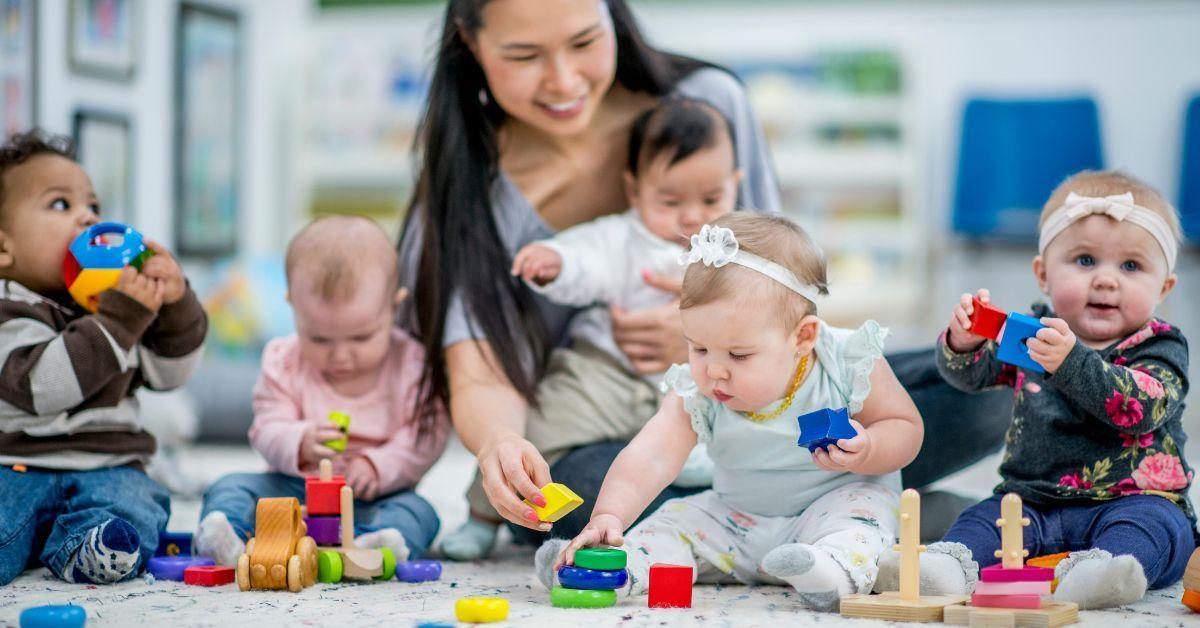

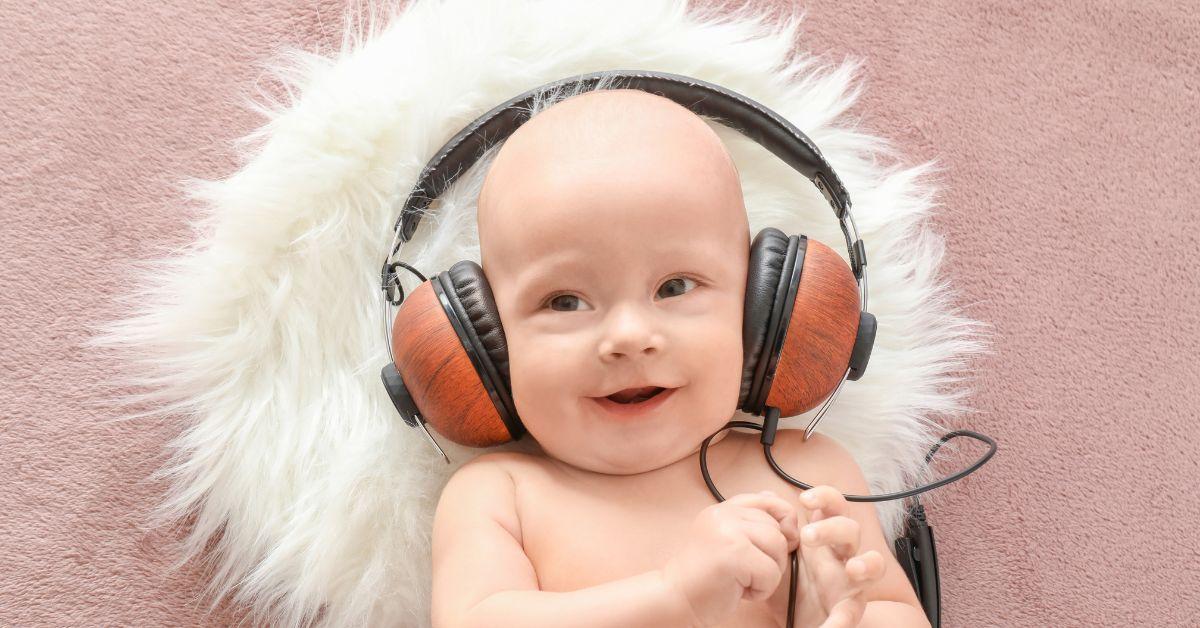
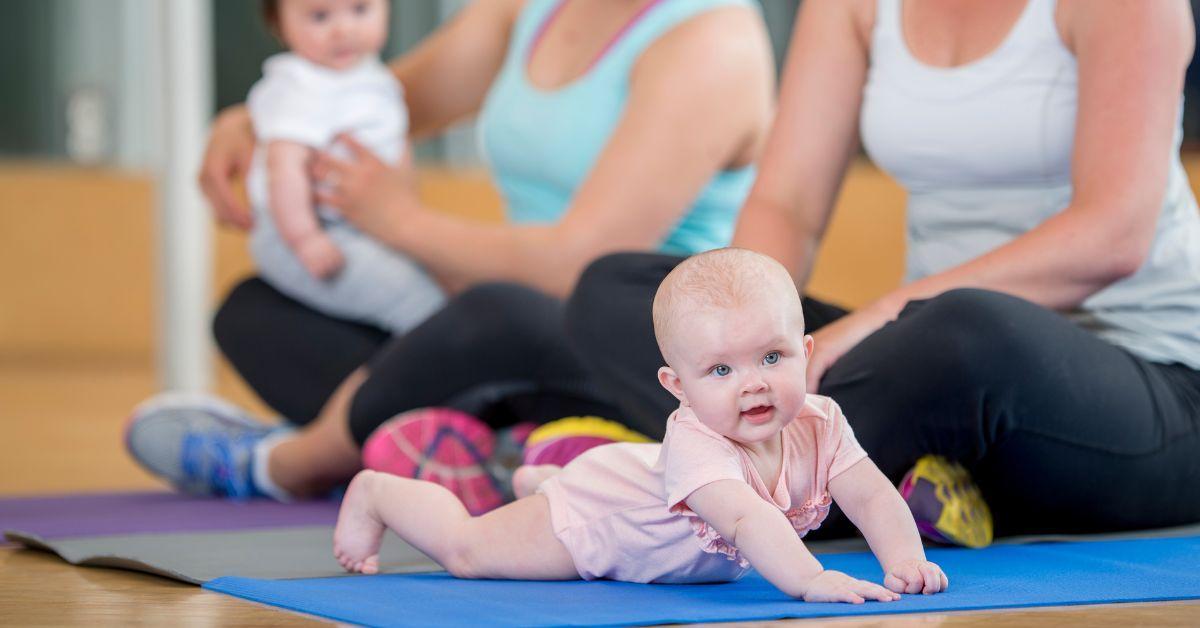
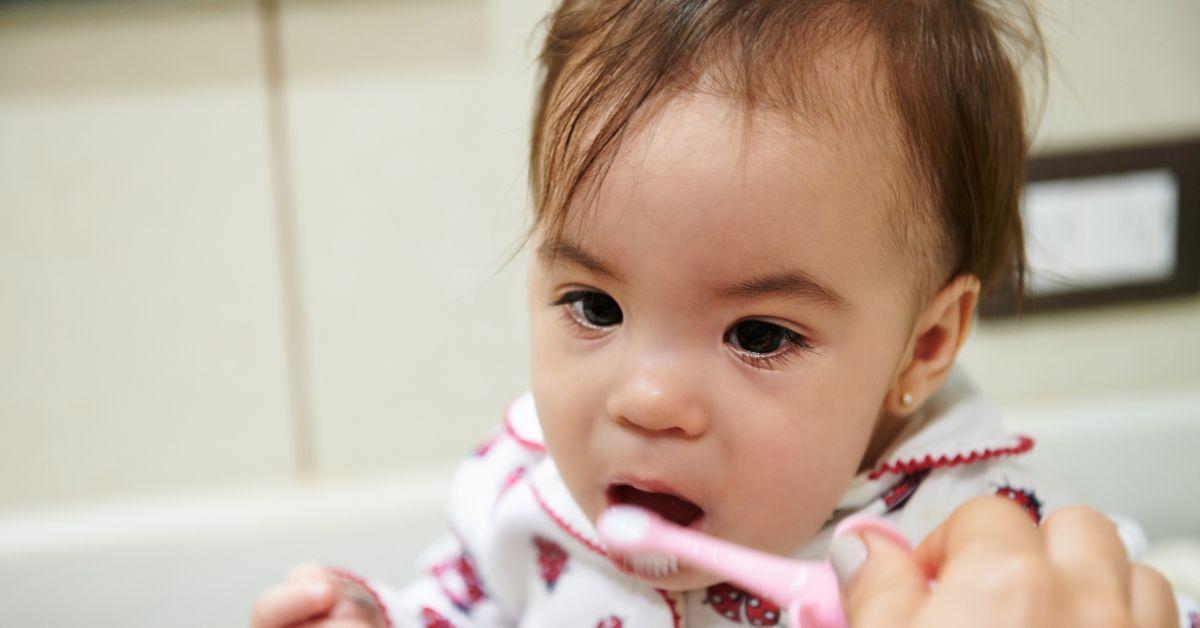
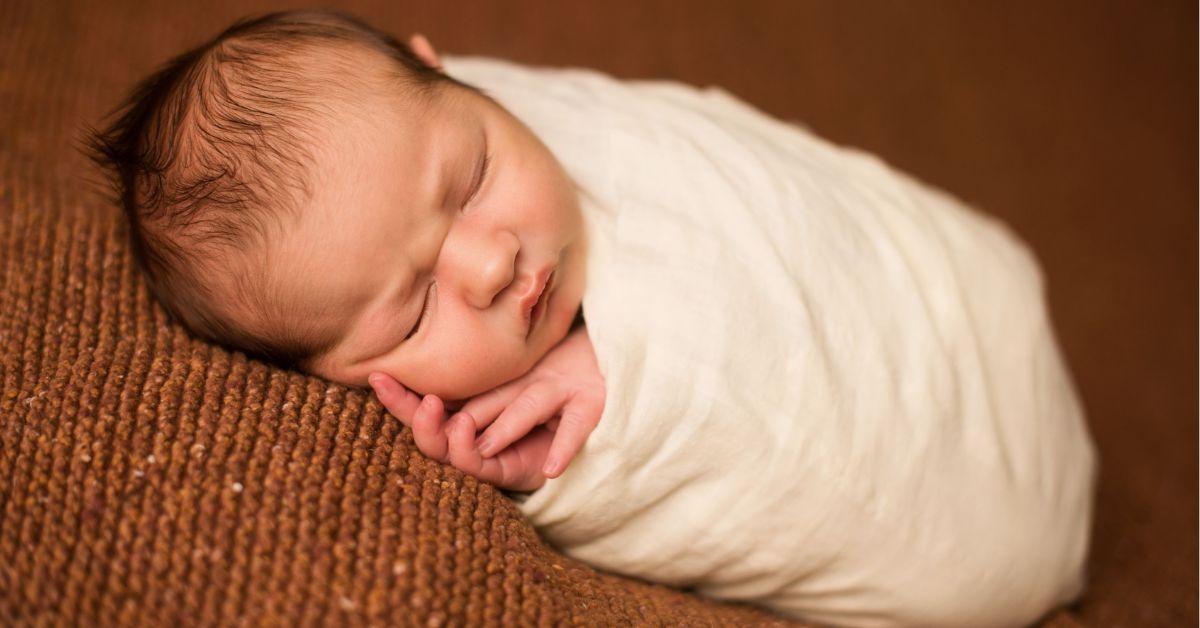
Jennifer Crowley
I'm Jennifer, a dedicated mother passionate about writing insightful blog posts. My life revolves around the joys and challenges of parenting and brings my unique perspective and experiences to writing, with a keen eye for detail and a love for storytelling. My blog is a platform for sharing parenting tips and advice and a place where I want to be with other moms and dads, offering them a sense of camaraderie in the wonderful, chaotic world of parenthood.